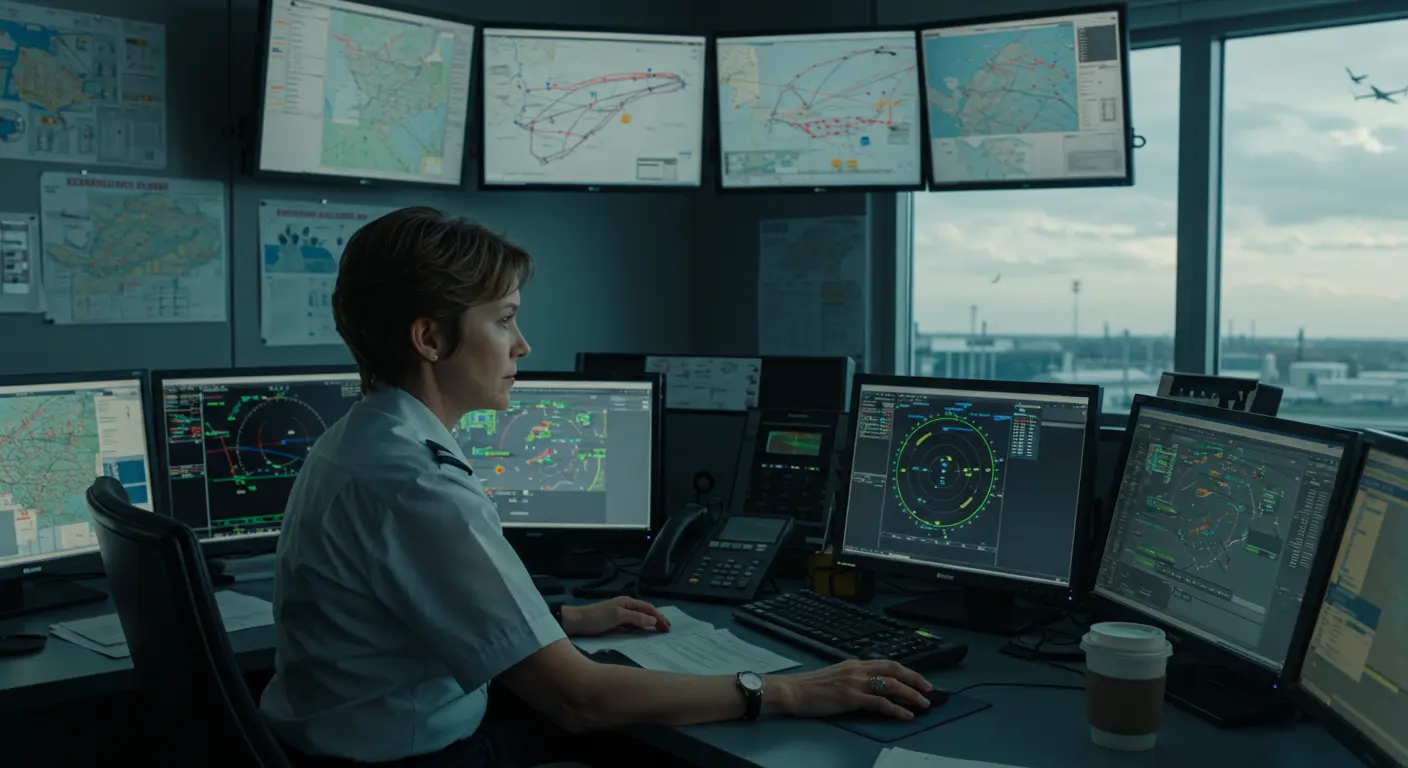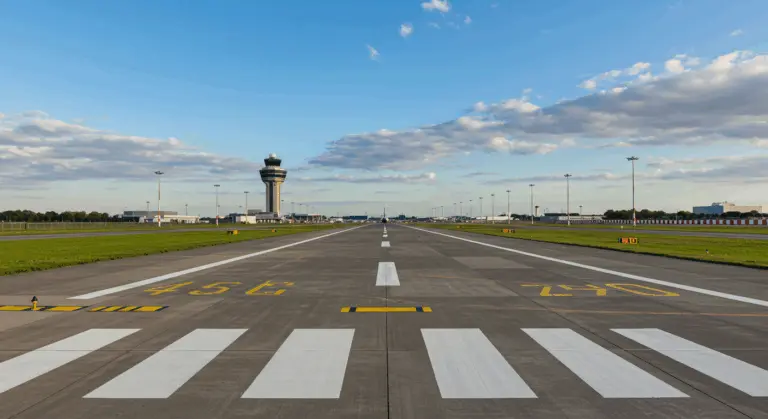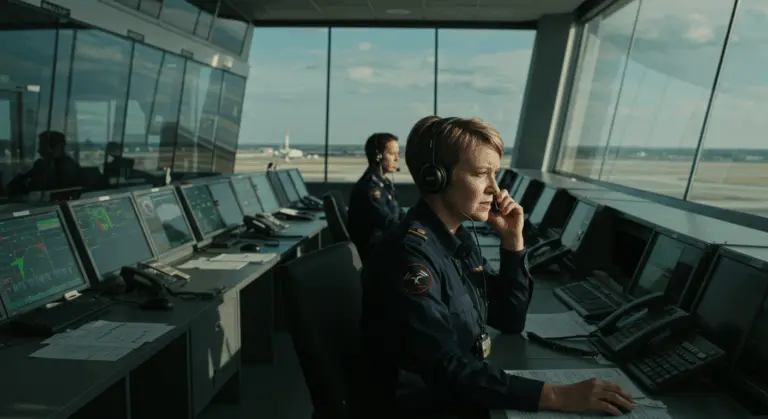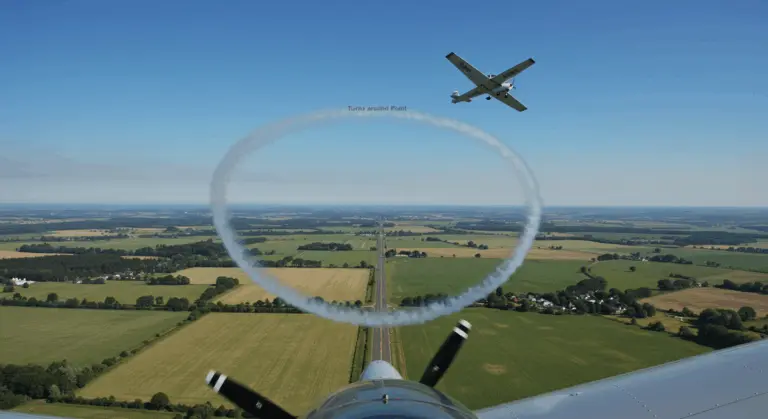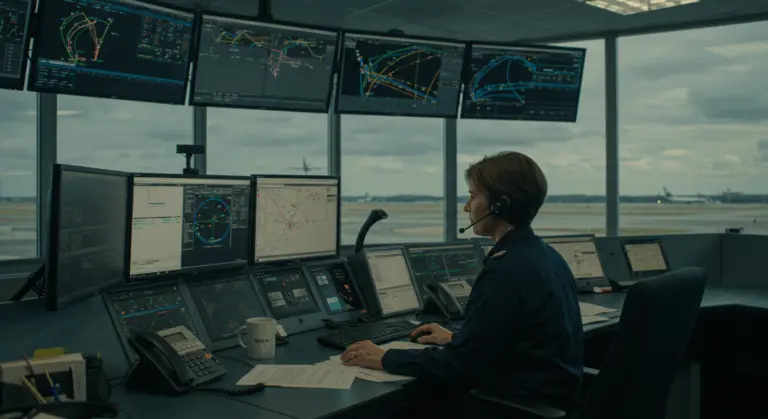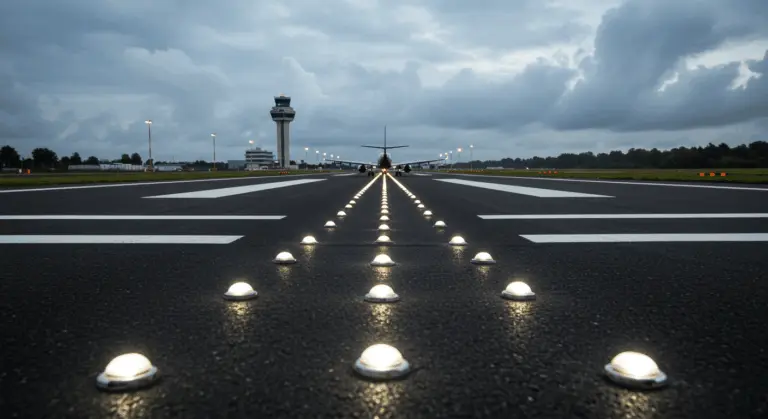Understanding Restricted Areas: Definitions and Contexts
What is a Restricted Area?
A restricted area represents a specifically designated space where access and activities face deliberate limitations, primarily safeguarding both safety and security interests.
These zones aren’t outright forbidden territories. Instead, they demand special authorization for entry. Their purpose is simple: Containing activities that might threaten public safety—think military exercises or hazardous operations.
This concept extends well beyond aviation. Consider network security, where restricted zones shield sensitive data from unauthorized access. Or basketball, where the term defines a specific court area governed by unique gameplay regulations.
Restricted Areas in Aviation
In aviation, restricted areas are designated airspaces reserved for activities—predominantly military—that create real dangers to non-participating aircraft. Civilian air traffic faces prohibition or strict limitations within these protective zones.
Aviation restricted areas have specific size requirements. They typically exclude airspace 1,500 feet above ground level and below within a 3 nautical mile radius of publicly accessible airports.
Exact boundaries, operating schedules, and current status (active/inactive) appear in official sources like Aeronautical Information Publications (AIDS), aeronautical charts, and Notices to Airmen (Notums). This information is essential for pilots to plan routes or request entry.
Creating restricted airspace requires careful balance. Military training requirements and national security concerns must coexist with civilian aviation needs. While these areas constrain access, they play a vital role—preventing potentially catastrophic encounters between civilian aircraft and dangerous military operations.
Entry Requirements for Restricted Airspace
Pilots must secure explicit authorization from the controlling agency—typically military authorities or Air Traffic Control—before entering. These strict rules exist because unauthorized entry is dangerous due to activities like live-fire exercises or missile testing.
The approval process varies significantly depending on whether the restricted area operates in active or inactive status. During active periods, ATC manages access through two primary methods: issuing specific clearances to aircraft with legitimate entry reasons, or rerouting traffic around the area entirely.
Unauthorized entry carries severe consequences—ranging from administrative penalties to life-threatening incidents. Pilots must maintain constant vigilance and establish communication with ATC when operating near these boundaries.
Active vs Inactive Restricted Areas
Restricted areas function through a dynamic status system, designating them as either active or inactive at any given moment. Active status means all restrictions operate at full capacity, requiring special authorization for entry. Inactive status? The airspace returns to normal operations, permitting aircraft passage without special permission under standard ATC procedures.
Airspace management improved when authorities recognized that many danger areas and restricted zones remain inactive for substantial portions of their published active times.
This flexible approach greatly improves airspace efficiency through shared usage, creating better balance between security imperatives and civil aviation demands.
Restricted Areas in Sports: Basketball Context
In basketball, the “restricted area” carries entirely different implications while still limiting activities within defined boundaries. This restricted area forms a semicircular zone painted beneath the basket, extending outward from the basket’s center point.
The arc-shaped zone’s dimensions shift by league: four feet from the basket in the NBA, three feet in NCAA competition.
This zone serves one main purpose: Regulating charging and blocking fouls with precision. Defenders positioned inside this arc cannot draw charging fouls—contact typically results in blocking fouls against the defender or no-calls.
This rule emerged to protect offensive players driving aggressively toward the basket. It prevents defenders from camping directly under the hoop to draw charges, avoiding dangerous collisions in the process.
Joint-Use and Temporary Restricted Areas
Joint-use restricted areas operate under ATC facility management through formal agreements with using agencies—typically military organizations.
Temporary restricted areas provide additional flexibility, established for limited timeframes supporting short-term events like military exercises or specialized security operations.
Regulations Governing Restricted Areas
The International Civil Aviation Organization (ICAO) establishes the foundational framework for restricted areas, defining them as airspace with specific conditions limiting aircraft operations. National aviation authorities then adapt these international standards into their domestic regulations.
In the United States, the FAA governs these areas under 14 CFR Part 73, detailing comprehensive procedures for designation, activation, and entry authorization.
Enforcement of these regulations involves several measures:
-
Radar Monitoring: ATC actively monitors airspace boundaries to prevent unauthorized entry.
-
Communication: Controllers issue warnings or instructions to aircraft approaching without clearance.
-
Penalties: Violations can result in administrative actions, including pilot license suspension.
The regulatory framework continues evolving, with modern approaches focusing on real-time data integration and flexible usage strategies to improve both efficiency and safety.

